Description
A drummer is essential for a band. What would happen if a live performance was held with such a drummer in poor health? Led Zeppelin’s 1977 San Diego is handed down by enthusiasts as a document of a day in such a state. It was a legendary day, as the live performance went ahead even though Bonzo was not feeling well, and somehow it was completed. In addition, there was an audience recording with good sound quality left… That’s what it should be, Mike Millard recorded this day. No wonder the sound is so good. Actually, this was a one-off performance in San Diego, between consecutive performances at Madison Square Garden and LA Forum. Furthermore, it was also the first West Coast ZEP show on the 1977 tour. So it’s easy to imagine that Millard would have headed to San Diego as a “dry run” before the LA Forum. From his point of view, his beloved ZEP is coming to the forum. Before that, let’s record San Diego as well…I guess that’s just how it felt. However, what appeared in front of them was Irregular ZEP, where Bonzo was in a bad state. The ZEP live sound of 1977 has a strong feeling that Bonzo’s drums dominate the whole beyond the band’s foundation, and the best example of this will be the next performance on June 21st. For that reason, if he complains of poor health, it is essential that the sound be unusual and not seen in other performances. Rather, Millard recorded a day that was unique among the unique in 1977 with wonderful sound quality… What a thing. There were various theories about Bonzo’s illness, but unlike the case in Chicago where the concert was canceled due to Jimmy’s abdominal pain, the decision was made because it was certain that Bonzo would be able to perform. Probably. However, from “The Song Remains The Same” he was already in doubt, and from the intro of “The Rover” he entered a full-fledged slump. The tempo is unusually slow, and in the intro of the same song, you can clearly see Jimmy slowly playing the riff to match Bonzo’s slow tempo. After all, it’s a mirrored quality, so you can vividly see how the other three people are concerned about Bonzo, who went on stage in a bad condition, and are somehow trying to get the show going. Ironically, it was a show that was held under the emergency situation of Bonzo’s poor health, so it is interesting to see how Jimmy is concentrating on playing and playing well, which is rare in 1977. The usual pattern in 1977 was that Jimmy, supported by Bonzo, excited the audience with his euphoria and stage action, and instead his phrases became sloppy. However, in San Diego, he can’t rely on his always reliable Bonzo. There, Jimmy plays carefully, which is unusual for 1977. In a sense, I think you could call it a “play to return the favor” to Bonzo (lol). For example, in the second half of “Nobody’s Fault But Mine,” Jimmy plays the part that plays well, ironically because the tempo is slower than usual, and if you listen to this part alone, you can safely call it a “master performance.” . Because of Bonzo’s poor health, which was noticeable from the beginning, San Diego tends to have the stereotypical image of not being able to perform live, but in fact, the other three members’ efforts were tear-jerking, and that was something to listen to. That’s what it means. The sound image of Bonzo’s drumming is close to the mirrored recording of this day, and thanks to that, the ups and downs of his condition are clearly transmitted, and it is strange that there are scenes where the usual groove suddenly returns. For example, around the 5 minute mark of “In My Time Of Dying”, the explosive drumming that can be said to be typical of 1977 pops out. When it reaches the middle of “No Quarter”, it finally recovers. If you only listen to this part, it just looks like the usual 1977 model is doing well. Jimmy and Bonzo try their best to keep the performance going, but Jonesy remains calm. I laughed out loud at the scene where he simply said, “Let’s not overdo it today,” and went back to the song. As expected, Bonzo’s condition reverses in “Ten Years Gone”, and Johnsy’s judgment was correct after all. Speaking of Johnsy, the MC is constantly making fun of Plant for saying that he has a bad back, but on the other hand, he never mentions anything about Bonzo’s health, which gives the impression that he’s using Johnsy as a substitute. . And it was also a very rare scene in 1977 that he played the organ instead of the usual electric piano in “Since I’ve Been Loving You”. In this way, the first half alone was a chaotic performance with many suspenseful scenes, but the secret to the live performance was that the structure of the live performance was successful, and there were many scenes where Bonzo could take a break. It’s clear that songs like the aforementioned “No Quarter” had clear breaks in the song, which helped him recover, even if only temporarily, and what saved him even more was “White Summer” in the acoustic corner. There was a series of performances in which Bonzo didn’t appear much. Under such circumstances, rare scenes such as “Dancing Days”, which was the first acoustic performance of Presley’s “Mystery Train”, appeared one after another. The reason that all the items originally recorded on this day were incomplete versions that mainly recorded acoustic parts was the result of cutting parts where Bonzo’s poor condition was noticeable. When “Kashmir” begins, Bonzo is thrashing around again, and as expected, the drum solo “Over The Top” is omitted. Ironically, this also resulted in ZEP’s 77 year live sound source being very easy to listen to as a whole. And of course what was unearthed this time was Millard’s master cassette. 10 years ago, a copy in the condition of “Mike Millard unmarked 1st gen cassettes” became popular, and at the time it was considered the best of San Diego, and the title “SEQUENCE OF EVENTS” coupled with a similar copy on June 21st was released. Although it was previously, the difference with this master cassette is obvious. The overwhelmingly clear and natural sound quality easily blows away the version from 10 years ago. When I actually listen to it and compare it, the sound quality of the previous version seems quite flimsy. However, in this version, there are two unrecorded parts of about 10 seconds each other than the performance, so we have supplemented them with the previous sound source to ensure completeness. Also, since last year, when the ZEP mirrored master is released, two types of versions are released: flat and remastered, but of course, when making it into a CD, the original is flat. The remastered version has stronger bass, perhaps due to American tastes, but I honestly don’t like it. Therefore, with the careful CD conversion from the flat transfer, the best version of the legendary day of the 1977 tour, in which the other three bravely faced Bonzo’s poor performance, will finally appear. When I listened to this master sound again, San Diego was really interesting! Remastered Memo: JEMS “MASTERED EDITION” (remastered version) is not included because it greatly raises the bass. The previously released “1ST GEN” has poor high-pitched sounds (probably due to noise reduction). The sound quality of this time’s “MASTER TAPE” is much better.The left and right and phase of the previously released “1ST GEN” are reversed based on this edition. San Diego Sports Arena, San Diego, CA, USA 19th June 1977 TRULY PERFECT SOUND(UPGRADE) Disc 1 (66:22) 1. Intro ★0:00 – 0:02 Supplemented from “1st Gen” 2. The Song Remains The Same 3. Sick Again 4. Nobody’s Fault But Mine 5. In My Time Of Dying 6. Since I’ve Been Loving You ★9:17 – 9:21 Supplemented from “1st Gen”. The “JIMMY PAGE, GUITAR!” part. In the new version of JEMS, the fade-in at the beginning of the tape change is too deep, starting with the “ta” of “guitar”. 7. No Quarter Disc 2 (51:52) 1. Ten Years Gone 2. The Battle Of Evermore 3. Going To California 4. Mystery Train 5. Black Country Woman 6. Bron-Y-Aur Stomp 7. White Summer/Black Mountain Side 8. Kashmir Disc 3 (43:25) 1. Guitar Solo ★12:33 – 12:44 Supplemented from “1st Gen”. In the new version of JEMS, the middle of the guitar solo is missing 10 seconds. 2. Achilles Last Stand 3. Stairway To Heaven 4. Whole Lotta Love 5. Rock And Rol The parts in the new version of JEMS that were shorter than the previous version are: All supplemented with “Mike Millard unmarked 1st gen cassettes”. (The previous release of “1st Gen” was compensated for by reversing the left and right sides, reversing the phase, and raising the high-pitched hiss.)
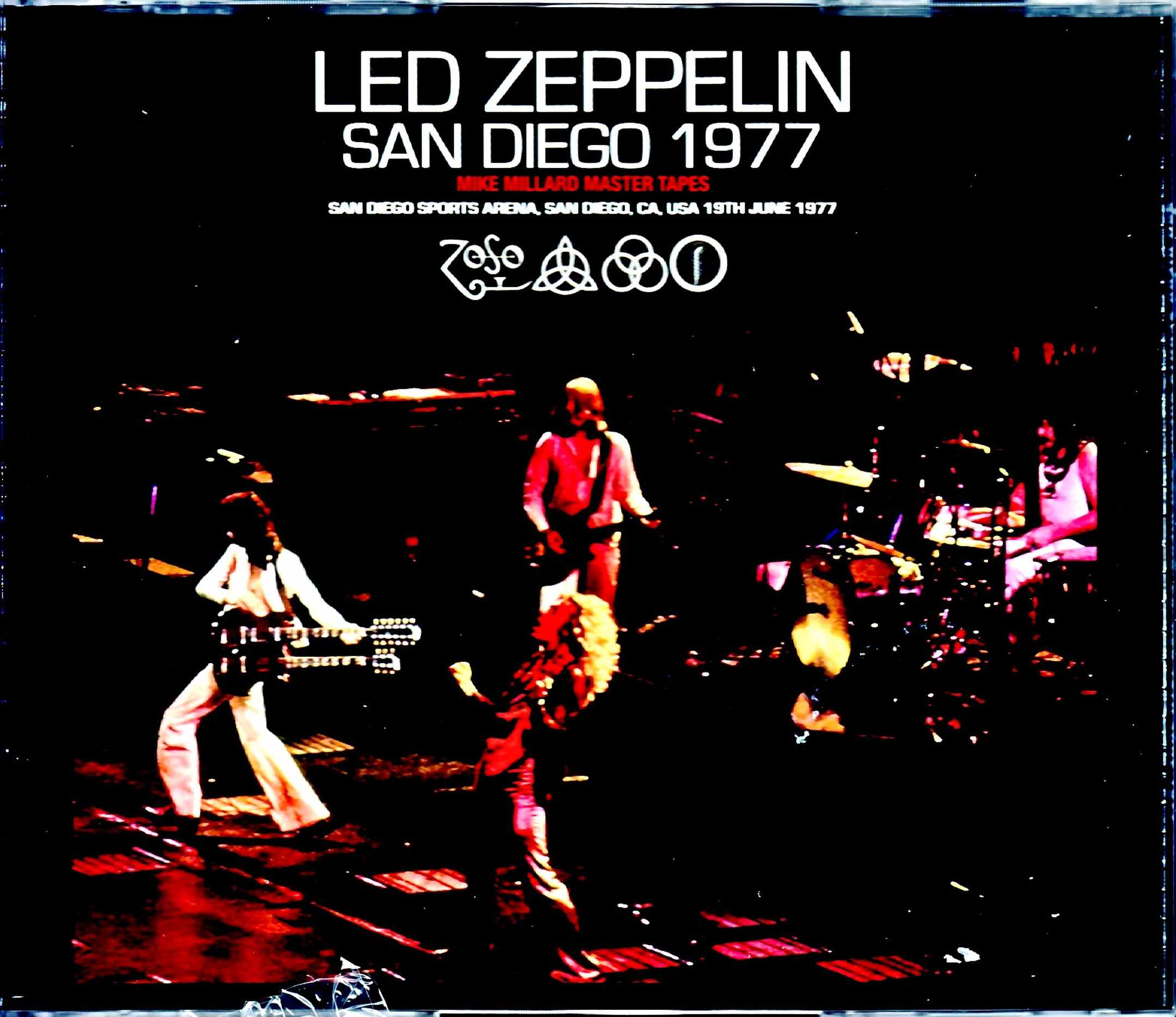
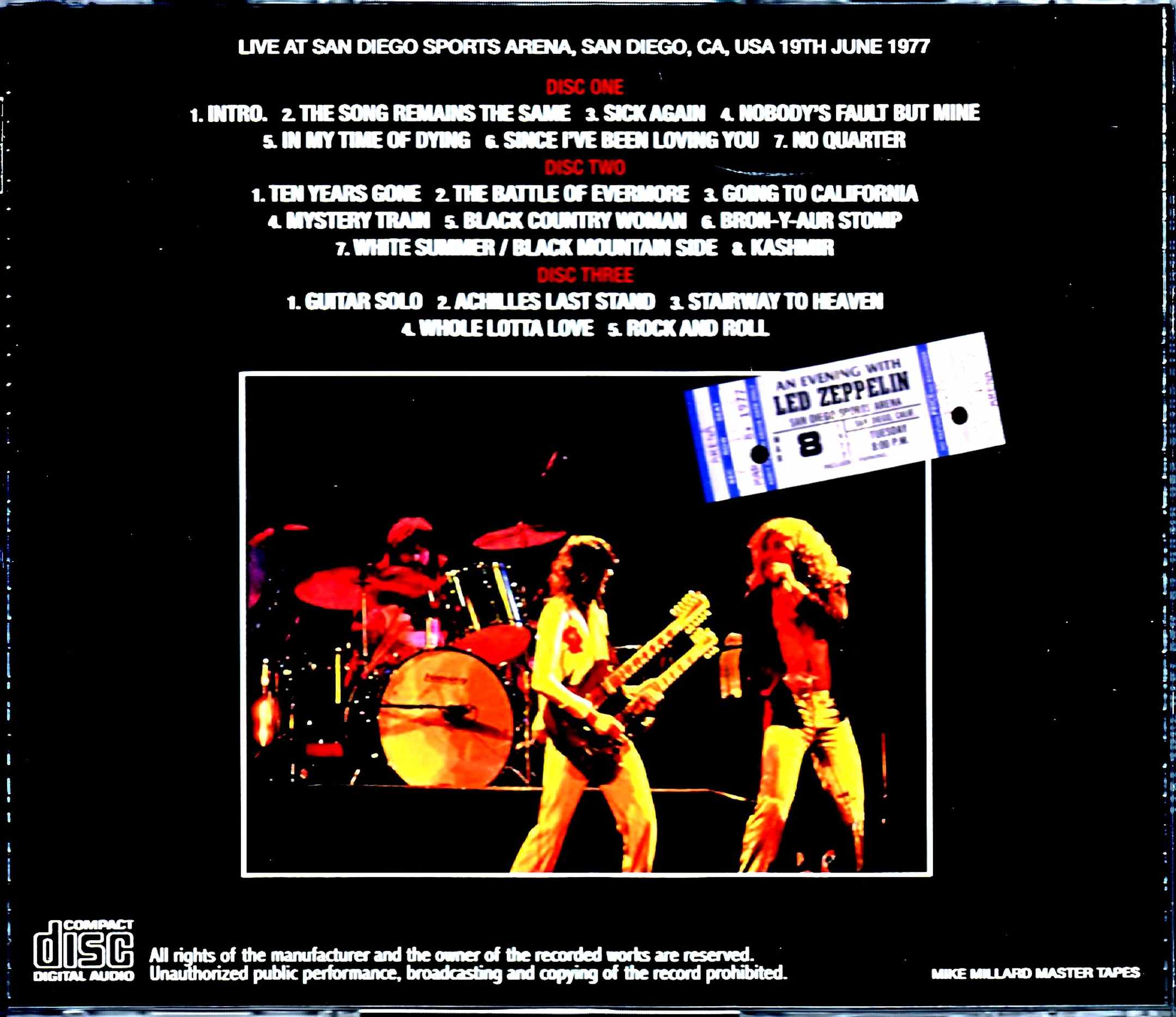

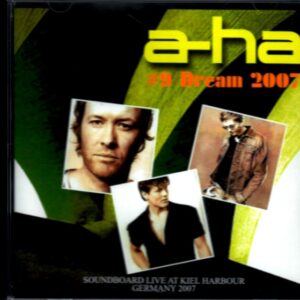
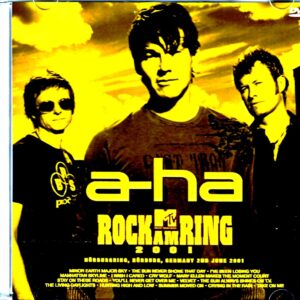
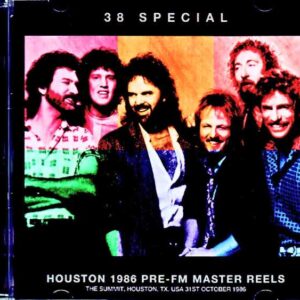
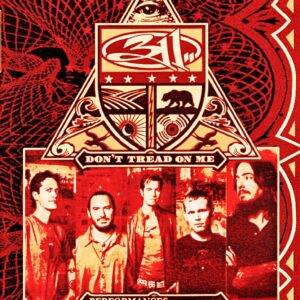
Reviews
There are no reviews yet.